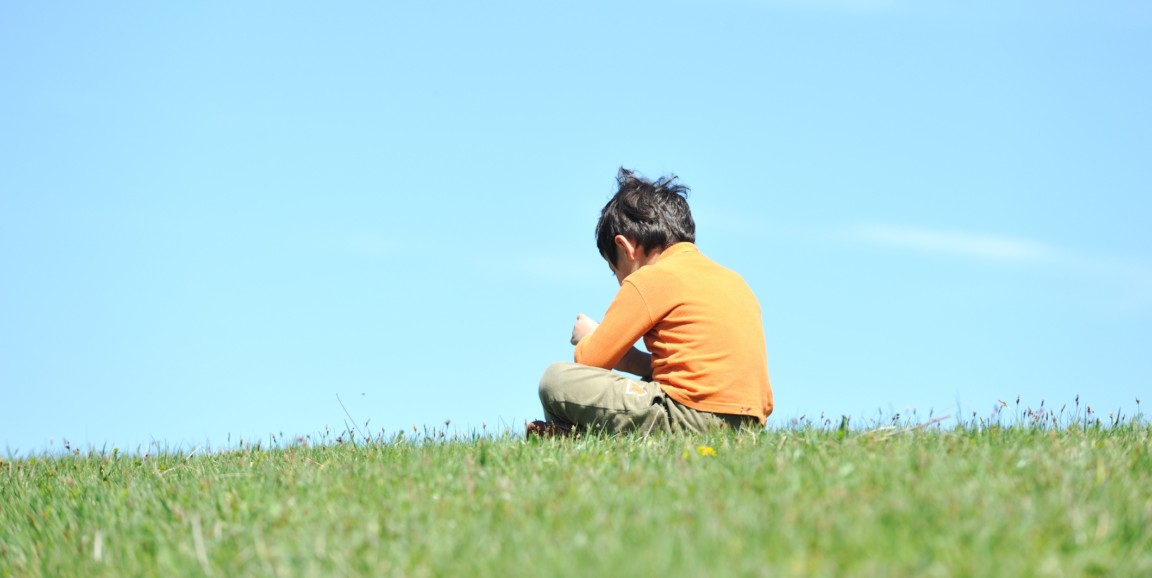In many places around the country, children face long waits for autism diagnosis. Wait lists for diagnostic testing can last up to a year, delaying kids' access to autism treatments that work best when started early.
Stanford biomedical data scientist Dennis Wall, PhD, is working to devise an alternative to current diagnostic tests. In a new study published today in PLOS Medicine, Wall and his colleagues showed that they could use brief home videos of children as the basis for a diagnostic system in which computer algorithms help make rapid diagnostic decisions. The study expands on feasibility research that Wall's team published in 2014.
Efficiency isn't the only potential advantage, Wall explained to me in our press release:
'Home video catches the child in his or her natural environment,' Wall said. 'The clinical environment can be stark and artificial, and can elicit atypical behaviors from kids.'
The system that Wall's team tested has three basic components: Home videos, human video raters and computer algorithms.
The videos in the study met certain criteria: They showed the child's face and hands, showed social interaction or opportunities for interaction, and showed opportunities for kids to use objects such as toys, crayons or utensils. Some videos showed children who had previously been diagnosed with autism, while others showed typically developing children.
Each video was watched by at least three people who had received brief training about how to look for 30 specific behaviors such as making eye contact and using expressive language. The human video raters scored the videos for the presence or absence of these behaviors.
The scores were fed into eight machine-learning algorithms the researchers had devised, which gave different weights to various aspects of the scores. The algorithms predicted whether or not a child had autism, and the scientists checked each algorithm against the diagnostic information obtained by traditional methods. One algorithm stood out: Its accuracy at assigning children to their true diagnostic category was 88.9 percent.
Wall is excited about possibilities for the future. As more children are evaluated, the algorithms will be able to provide more detailed information - perhaps grouping children with autism into categories that could serve as the basis for more targeted treatments, or helping pediatricians conduct informed, watchful waiting for very young patients for whom a diagnosis isn't certain. Again, from our press release:
'This could be used in general pediatric settings such as well-baby checkups,' [Wall] said, adding that video scores could be plotted over time and compared with the general population, similar to how a child’s height and weight are plotted on a growth chart.
Photo by Shutterstock




